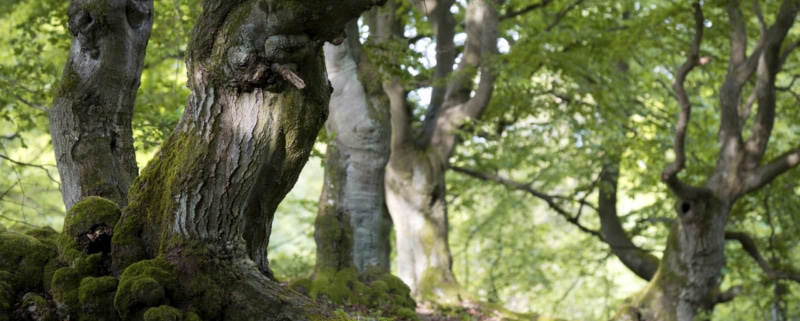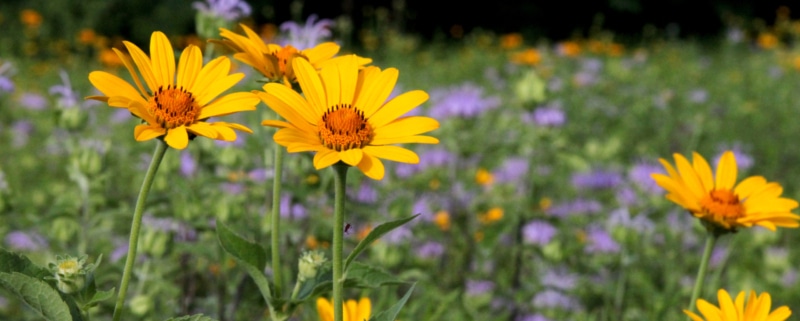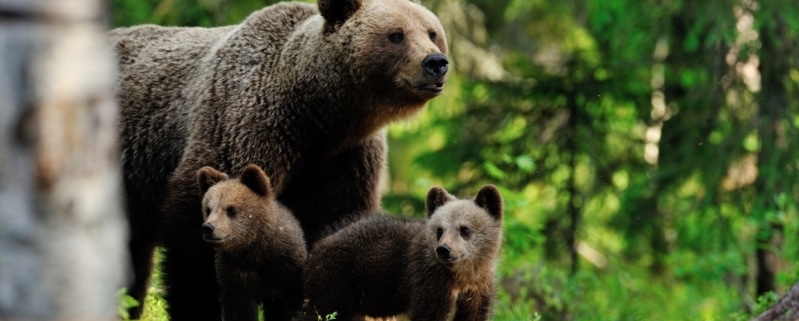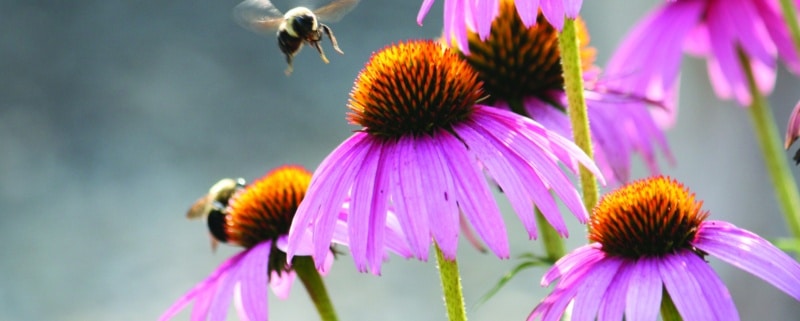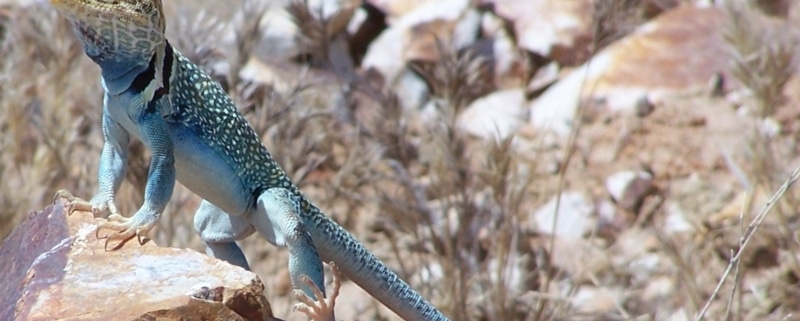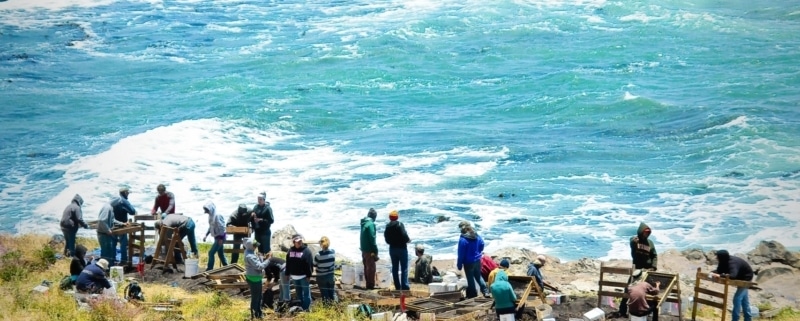Caves and Subterranean Habitats Project Guidance
Introduction
Natural caves are underground spaces formed by the weathering of rock. They are unique systems that have immense scientific, recreational and wildlife value. Natural caves can include karst systems, which are subterranean landscapes formed from the dissolution of soluble rocks such as limestone, dolomite and gypsum.

